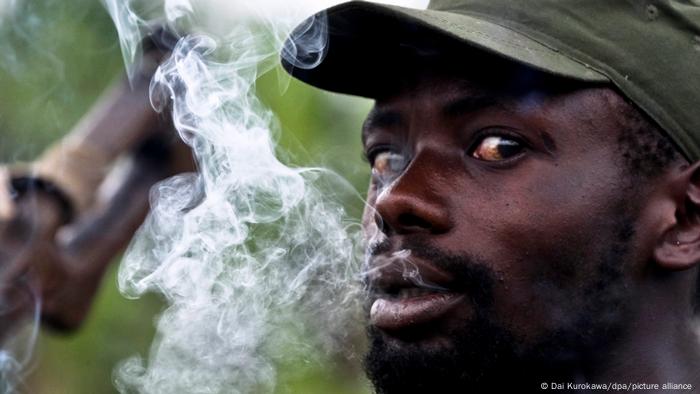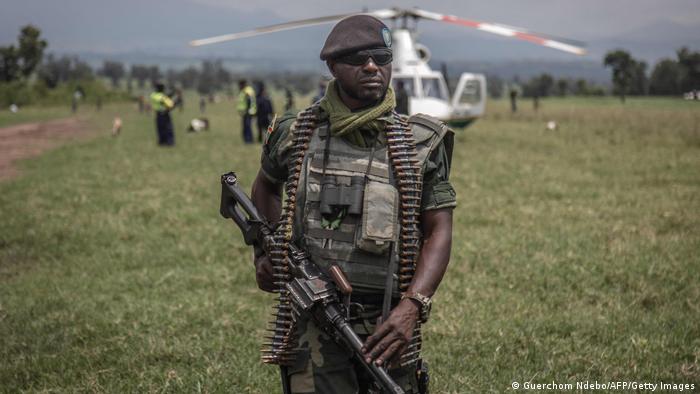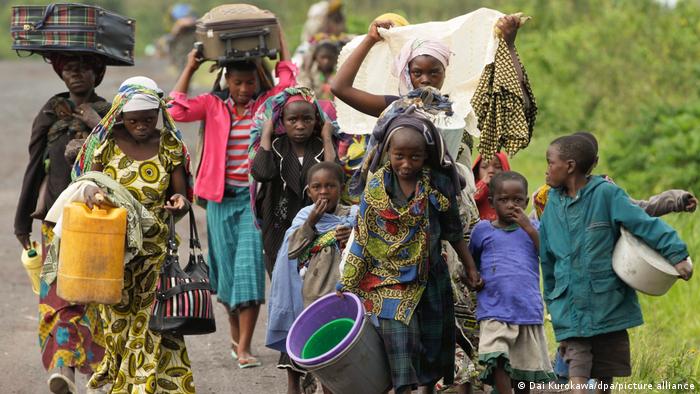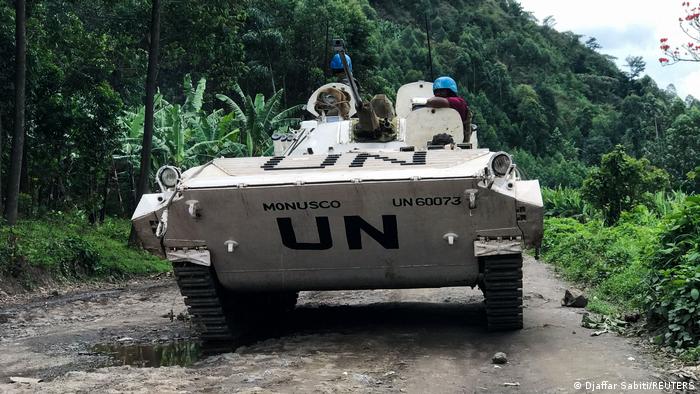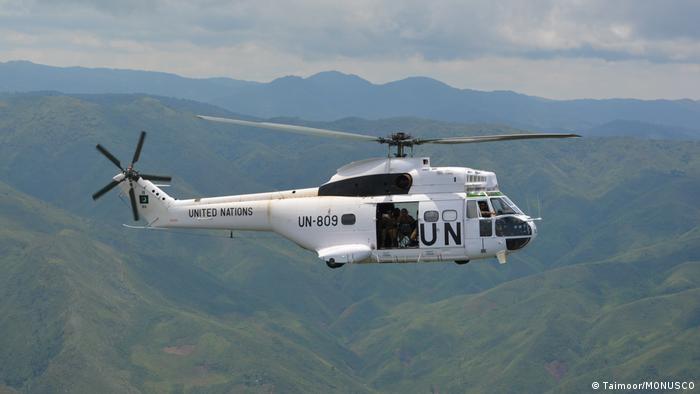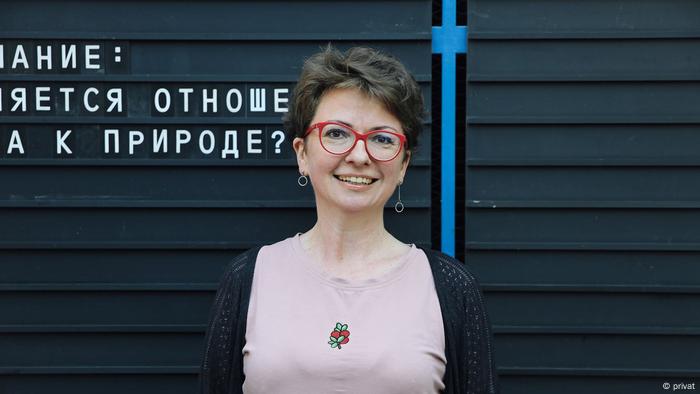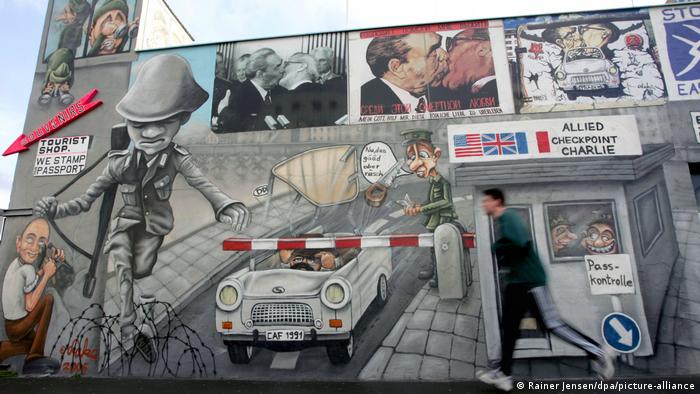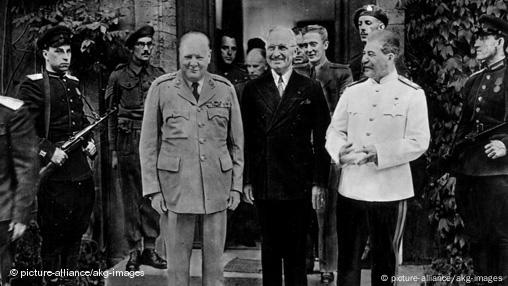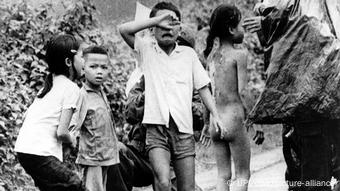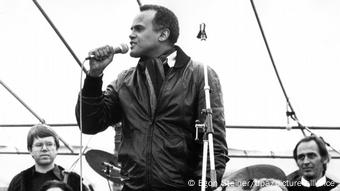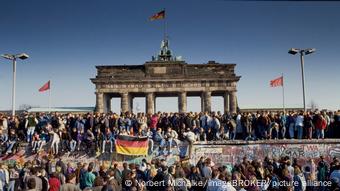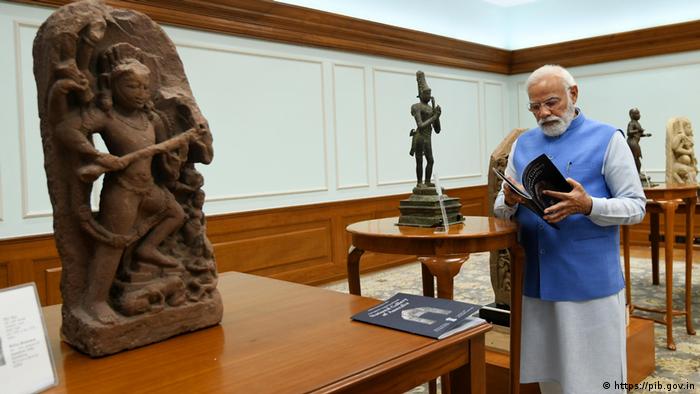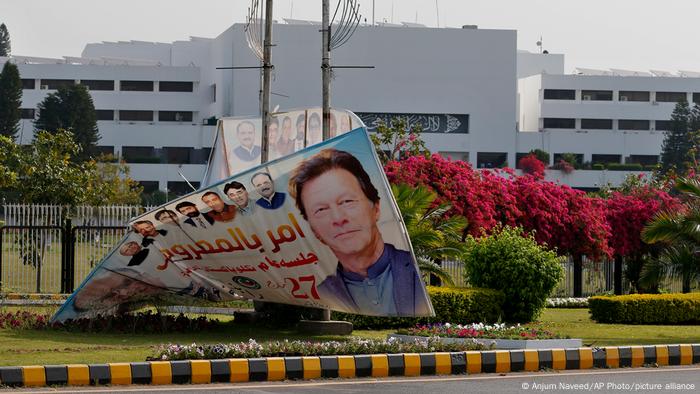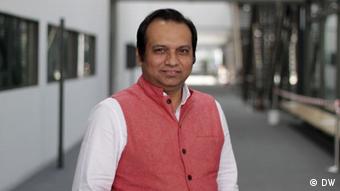By FELICIA FONSECA

Carmen Briones holds up photos of her husband, Riley Briones Jr., who is serving life in prison, on Feb. 22, 2022, in Anthem, Ariz. Riley Briones' attorneys are asking a federal appeals court for another chance to argue his sentence should be cut short based on improvements he's made behind bars since being convicted in the 1994 death of Brian Patrick Lindsay when Briones was 17. (AP Photo/Felicia Fonseca)
FLAGSTAFF, Ariz. (AP) — Shortly after Riley Briones Jr. arrived in federal prison, he cut his long, braided hair in a symbolic death of his old self.
As a leader of a violent gang and just shy of 18, Briones drove the getaway car in a robbery turned deadly on the Salt River-Pima Maricopa Indian Community outside Phoenix in 1994. He was convicted of murder and given a mandatory sentence of life without parole.
In prison, he has been baptized a Christian, ministers to other inmates who call him Brother Briones, got his GED and has a spotless disciplinary record, his attorneys say in their latest bid to get the now 45-year-old’s sentence cut short.
“He’s clearly on the side of the line where he should be walking free,” said his attorney, Easha Anand.
The U.S. Supreme Court opened the door for that possibility with a 2012 ruling that said only the rare, irredeemable juvenile offender should serve life in prison. Over the past decade, most of the 39 defendants in federal cases who received that sentence have gotten a reprieve and are serving far fewer years behind bars.
Meanwhile, more than 60 legal experts and scholars have asked the federal government to cap sentences for juvenile offenders at 30 years, create a committee to review life sentences in the future and reconsider its stance in Briones’ case.
But the move toward greater leniency has been gradual and not without resistance.
Briones is among those whose life sentences have been upheld in recent years, though he still has another chance.
Prosecutors in his case have opposed a reduced term. They argue despite Briones’ improvements, he minimized his role in the gang and its crimes that terrorized Salt River amid an explosion of gang violence on Native American reservations in the 1990s.
Briones began serving prison time in 1997 for the death of Brian Patrick Lindsay, a Northern Arizona University honors student who was home for the summer and had picked up a solo shift at a Subway sandwich shop.
Briones drove four others from the notorious “Eastside Crips Rolling 30s” gang to the restaurant on May 15, 1994, one of whom was armed with a 9 mm pistol, according to court documents. Lindsay was preparing food they ordered when one of the gang members went outside to talk to Briones, came back inside and suddenly shot Lindsay in the face. He pumped more bullets into Lindsay as he lay bleeding on the floor.
They had planned the robbery to get cash for guns, prosecutors wrote in court documents. They weren’t able to open the cash register but took a bank bag with $100 and the food the dying clerk had prepared.
Briones instructed another gang member to kill a maintenance man whom they saw earlier clearing the sidewalk, but they couldn’t find him, court documents state.
Prosecutors said the murder was the most egregious of the violent crimes that Briones helped plot and carry out on the reservation about 15 miles (24 kilometers) from Phoenix. But there were others that demonstrated a “murderous, unrepentant and unapologetic attitude,” prosecutors said.
The gang members set diversionary fires while they firebombed a rival’s house and did drive-by shootings. They stole cars and firearms to carry out the crimes. They also hatched plans to kill a tribal judge, federal prosecutors and tribal police investigators but didn’t follow through, according to court documents.
Briones was arrested at his home in 1995. Along with murder, he was convicted of arson, tampering with a witness and assault with a dangerous weapon. Three of his co-defendants were sentenced to life. One cooperated with prosecutors and received a lesser term.
Bennit Hayes can’t imagine that version of Briones, whom he served time with at the federal prison in Beaumont, Texas. Hayes said he learned about Sunday chapel services and a Bible study group that gathered on the prison yard, and Briones welcomed him with a big smile and a hug.
Hayes said he respected Briones because he never talked over others, he studied intently, and he worked hard and encouraged others to lead better lives. Briones prayed for anyone who asked, Hayes said.
“God blessed me not only to have the camaraderie and the brotherhood but to see genuine change,” said Hayes, whose sentence was commuted by President Barack Obama in 2016. “He was the light in the candle that I put up against everything else going forward.”
By then, Briones had cut his hair that fell past his waist, abstained from food for 40 days and surrendered to God, said his wife, Carmen Briones.
“Riley made that decision,” said Carmen Briones, who is enrolled Pascua Yaqui. “He said, ‘I have to have a different life. I can’t have the same life I had before.’”
The couple met while they were teenagers attending a youth camp at Arizona State University. They had a daughter who is now 30 and got married in 1999 while Briones, who is San Carlos Apache and Salt River Pima-Maricopa, was in prison.
Briones’ case became eligible for resentencing after the Supreme Court’s 2012 decision in Miller v. Alabama. It was part of a series of cases in which the court found minors should be treated differently from adults, partly because of a lack of maturity. The court previously eliminated the death penalty for juveniles and barred life-without-parole sentences for juveniles except in cases of murder.
A handful of the defendants in the 39 federal cases — most of whom are minorities — have been released from prison.
The Feb. 17 letter seeking reform from the Justice Department pointed to statistics that show the median sentence for adults convicted of murder in the federal system is 20 years — nearly half the median for the juvenile offenders.
“Taking a life is really, really serious, and I don’t belittle that at all,” said Mary McCord, executive director of the Institute for Constitutional Advocacy and Protection at the Georgetown University Law Center, one of the signatories. “But a full life in prison when you’re a juvenile and you’re talking about 40, 50, 60 years in prison is exceedingly excessive probably in almost every case and not consistent with typical sentences for homicides, even adults.”
The Justice Department did not respond to requests for comment from The Associated Press.
A decision in the 9th U.S. Circuit Court of Appeals in 2019 gave Briones an opportunity to plead again before a district court judge to lower his sentence. But before he got the chance, the U.S. Department of Justice asked the U.S. Supreme Court to hold the case until it decided another one, Jones v. Mississippi, meant to clarify rulings in two other cases regarding juvenile offenders.
From there, Briones’ case went back to the 9th Circuit.
A three-judge panel ruled against Briones, and now his attorneys are asking the full court to reconsider. The federal government’s response is due in May.
The California-based Criminal Justice Legal Foundation, a victims rights group, said changes in the law that continually allow juvenile offenders to get another shot at freedom are damaging for the families, communities and the criminal justice system.
“Some of these crimes are just very horrible, and the impacts on the families are substantial, and they never go away,” said the group’s president, Michael Rushford.
The Campaign for the Fair Sentencing of Youth has long argued the changes a person makes once they’ve entered prison should matter, and juveniles offenders should be able to live as adults outside prison walls.
“If the facts of the crime are always going to be the overpowering force, then Miller isn’t going to be meaningfully interpreted to outweigh all this positive growth,” said Rebecca Turner, who tracks the federal cases for the group.
The federal court in Arizona has resentenced more of the juvenile offenders to life in prison than any other state. Texas has two juvenile offenders who are serving life but weren’t able to be resentenced because of how courts interpreted Miller v. Alabama. South Carolina resentenced one inmate to life.
All three federal cases in Arizona were from Native American reservations, where the federal government has jurisdiction when the suspect, victim or both are Native American for a set of major crimes, including homicide. The penalties, in general, are stricter than if the crimes happened off the reservation and the cases ended up in state court.
Branden Pete, who is Navajo, got a mandatory life sentence for raping and then killing a woman by throwing rocks at her head on the Navajo Nation in 2002. A judge considered his dysfunctional upbringing, substance abuse issues, prison disciplinary record and the brutality of the crime in resentencing him to 54 years in prison in 2017.
It’s the third-longest resentence among defendants, not including those whose life sentences were reaffirmed or didn’t get a chance to plead for less time. The resentences range from 15 years to 70 years.
The other Arizona defendant, Johnny Orsinger, is serving life for the deaths of four people in two incidents when he was 16. Orsinger, who is Ute and Mexican, also committed the crimes on the Navajo Nation, which spans parts of New Mexico, Utah and Arizona. A co-defendant in one of the cases, Lezmond Mitchell, was executed in 2020. He was the only Native American on federal death row at the time.
Prosecutors in Briones’ case acknowledged he’s changed for the better and expressed remorse but argued he should remain imprisoned for life because he hasn’t accepted responsibility for Lindsay’s death and minimized his role as a founder and leader of the gang that spanned other tribal reservations.
The U.S. District Court judge who resentenced Briones in 2016 said he considered Briones’ troubled childhood that included abuse at the hands of his father — with whom the gang consulted — along with Briones’ alcohol and drug use, and immaturity. He also noted Briones had been a model inmate.
“However, some decisions have lifelong consequences,” the judge wrote.
The trial for Briones and his co-defendants was the first prosecution in Indian Country under a federal law meant to enhance sentencing for organized crime. During the trial, prosecutors played the 911 recording in which Lindsay told dispatchers through a mouthful of blood that he had been shot. His parents were in the courtroom.
“I can still almost hear that tape,” Paul Charlton, one of the prosecutors at the time, recently told The Associated Press. “And if you had been through that trial, if you had seen the callous and remorseless way in which these individuals faced the evidence against them and their lack of remorse at that time, most people would be as I remain today, unsympathetic to Mr. Briones’ arguments.”
The Salt River Police Department declined to comment. Emails and phone messages left at a number listed for Lindsay’s parents were not returned.
In a letter to the court during Briones’ 2016 resentencing, Sharyn and Brian Lindsay said the passing of time hadn’t made their lives easier or mended their hearts.
“Isn’t a lifetime without our son enough without having to go through another court proceeding?” they wrote.
They established an engineering scholarship in their son’s name at Northern Arizona University.
Briones now is at the federal prison in metropolitan Phoenix, about a 50 minute drive from Carmen Briones’ home on the Salt River reservation. She hasn’t seen him since last May because of pandemic restrictions, but they keep in contact through email and phone calls.
She said releasing Riley Briones from prison would mean they could be a family in a more meaningful way. But whatever the 9th Circuit decides won’t change who her husband has become, she said.
“He’s still going to continue wherever he’s at to minister, to mentor, to be a positive example and give guidance to those who he has contact with,” she said. “We’ve had enough appeals come and go that ... wisdom would tell you just pray and see what happens.”
___
Fonseca covers Indigenous communities on the AP’s Race and Ethnicity team. Follow her on Twitter at https://twitter.com/FonsecaAP
